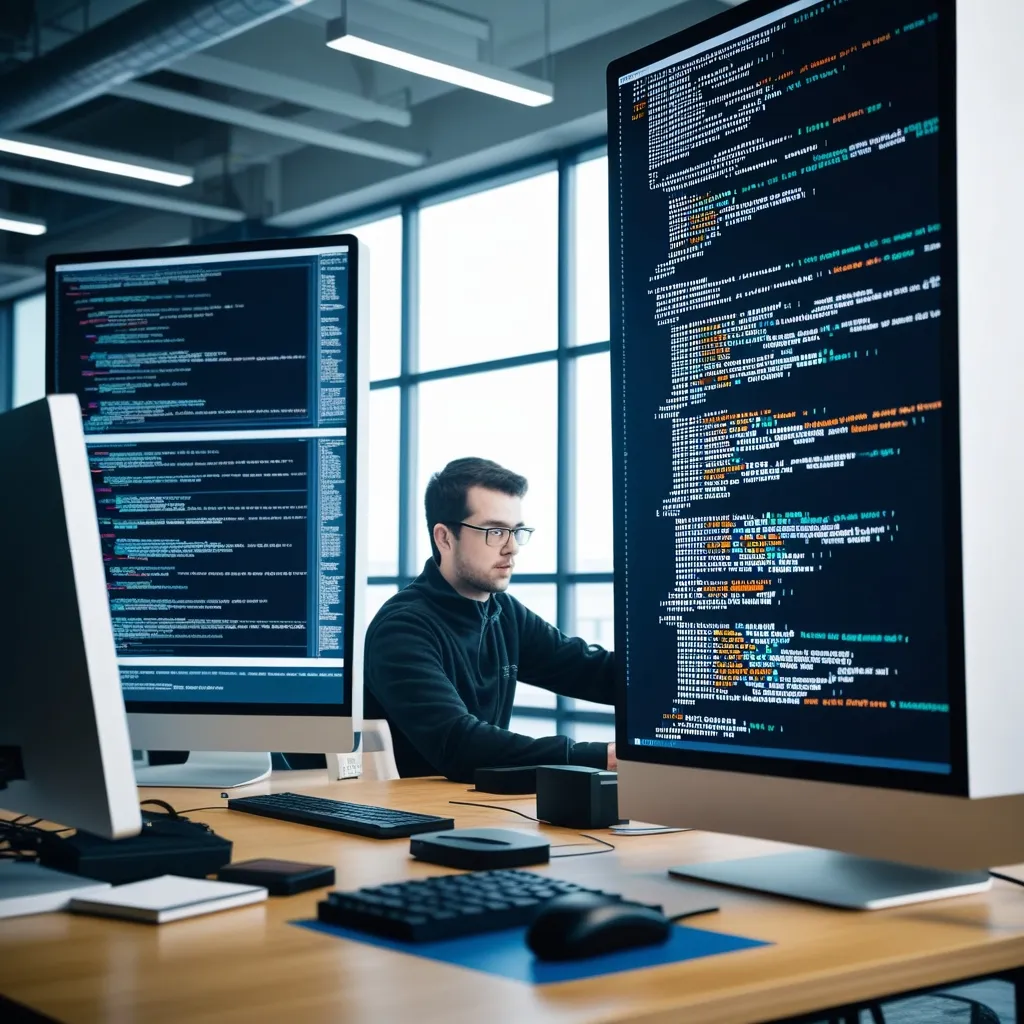Getting Cozy with Local Storage: The Ultimate Web Storage Hack
Web devs, gather around! We’ve got a neat trick to make your lives a whole lot easier: Local Storage. This little gem was tucked into HTML5, and it’s a game changer when it comes to managing user data. Forget the days of dealing with pesky cookies—Local Storage is here to save the day. So, let’s dive into what makes this API so special and how it can up your web development game.
Meet Local Storage
First things first, let’s break down what Local Storage actually is. It’s part of the broader Web Storage API and allows web apps to stash key-value pairs right in the user’s browser. What’s cool? Unlike cookies, Local Storage doesn’t ride along with every server request. It’s also got a bigger capacity—think around 5MB. This makes it a strong contender for storing more data without the annoying lag.
The Magic Behind Local Storage
Cooking up data storage with Local Storage is simple. It’s all about keys and values, both stored as strings. You tap into this treasure trove via the localStorage object. Here’s a quickie to show you how it works:
localStorage.setItem("username", "JohnDoe");
And to fetch that data, it’s as easy as:
document.getElementById("result").innerHTML = localStorage.getItem("username");
The kicker? This data sticks around even if you close and reopen the browser. Perfect for things like user preferences or any data that needs to hang around.
The Features That Make Local Storage Shine
- Persistent Data: Once you store data, it’s there until you or the user actively deletes it. No expiry dates.
- Security: Good news—since data isn’t sent to the server with every request, it’s more secure than cookies. But, heads up, avoid throwing sensitive info in there.
- Storage Space: Local Storage offers way more space than cookies—think 5MB per site.
- Domain-Specific: Data stored in Local Storage under one domain can’t be accessed by another. It’s also tied to the protocol, so
http://data won’t show up underhttps://.
Real-World Examples
Personalized User Experience
Imagine giving your users the VIP treatment by remembering their theme or language preferences. Just a few lines of code and voila!
localStorage.setItem("theme", "dark");
const theme = localStorage.getItem("theme");
if (theme === "dark") {
document.body.style.backgroundColor = "black";
document.body.style.color = "white";
}
Click Counting
Want to keep tabs on how many times a user clicks a button? Local Storage makes it a breeze:
if (localStorage.clickcount) {
localStorage.clickcount = Number(localStorage.clickcount) + 1;
} else {
localStorage.clickcount = 1;
}
document.getElementById("result").innerHTML = "You have clicked the button " + localStorage.clickcount + " time(s).";
Browser Support
Worried about whether Local Storage will behave across browsers? Don’t sweat it. Local Storage plays nice with all major browsers like Chrome, Firefox, Safari, and Edge. It’s always a good idea to check compatibility issues, especially if you’re supporting older versions.
How to Check If Local Storage is Available
Before diving in, it’s smart to make sure Local Storage is, well, available. Here’s a quick test:
function storageAvailable(type) {
let storage;
try {
storage = window[type];
const x = "__storage_test__";
storage.setItem(x, x);
storage.removeItem(x);
return true;
} catch (e) {
return e instanceof DOMException && e.name === "QuotaExceededError" && storage && storage.length !== 0;
}
}
if (storageAvailable("localStorage")) {
// We can use localStorage awesomeness
} else {
// No localStorage for us
}
Performance Tips
While Local Storage is super handy, remember it’s synchronous. This means large data chunks or frequent storage operations can slow things down. If you’re handling boatloads of data, async options like IndexedDB could be your friend here.
Private Browsing
Oh, and a note on private browsing—Local Storage treats data like it’s on delete-on-exit mode. When the private browser session ends, poof, your stored data is gone. This keeps user activity stealthy, just like it should be.
Wrap-Up
Local Storage is a solid tool for web developers. It offers a secure, efficient way to keep user data right on their browser. The big wins? Persistence, spacious storage capacity, and ease of use. It’s super useful, from saving user preferences to tracking interactions. Get the hang of Local Storage and watch your user experience and site performance soar.






